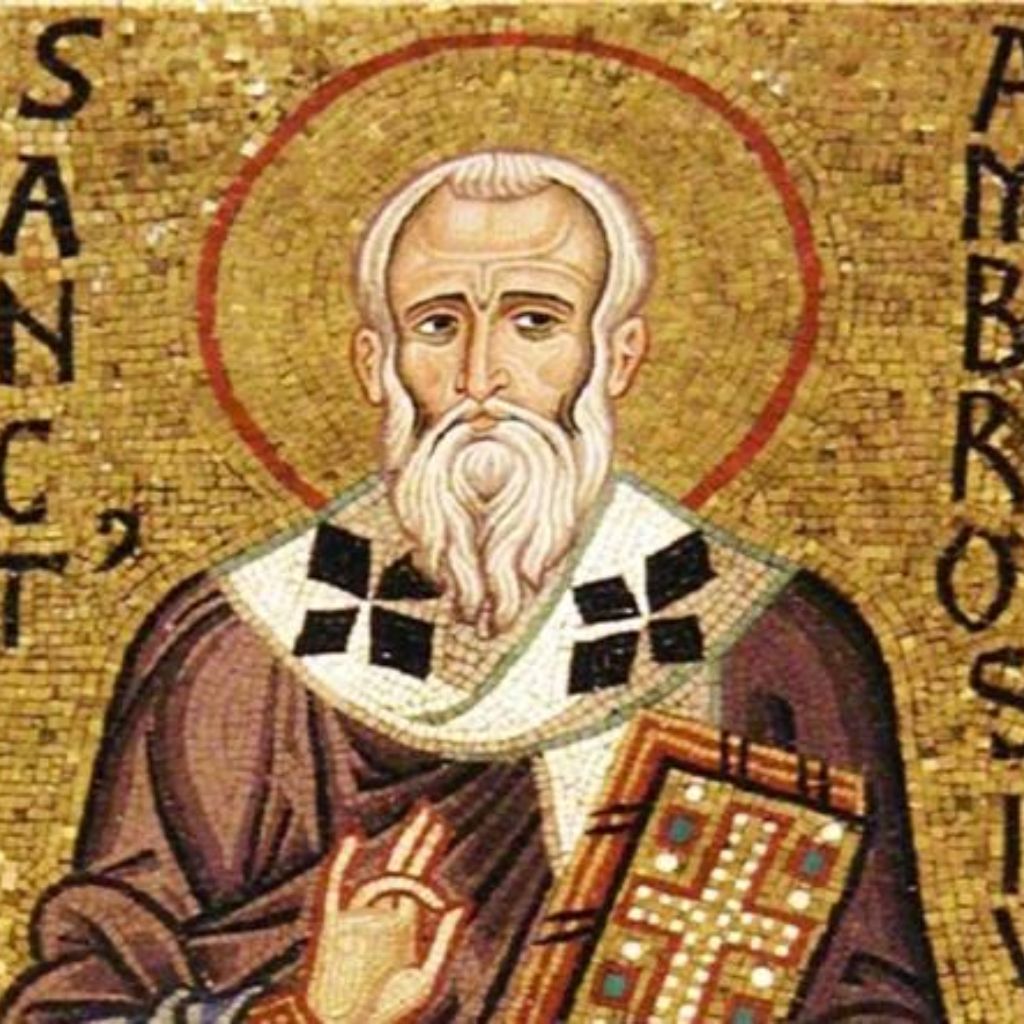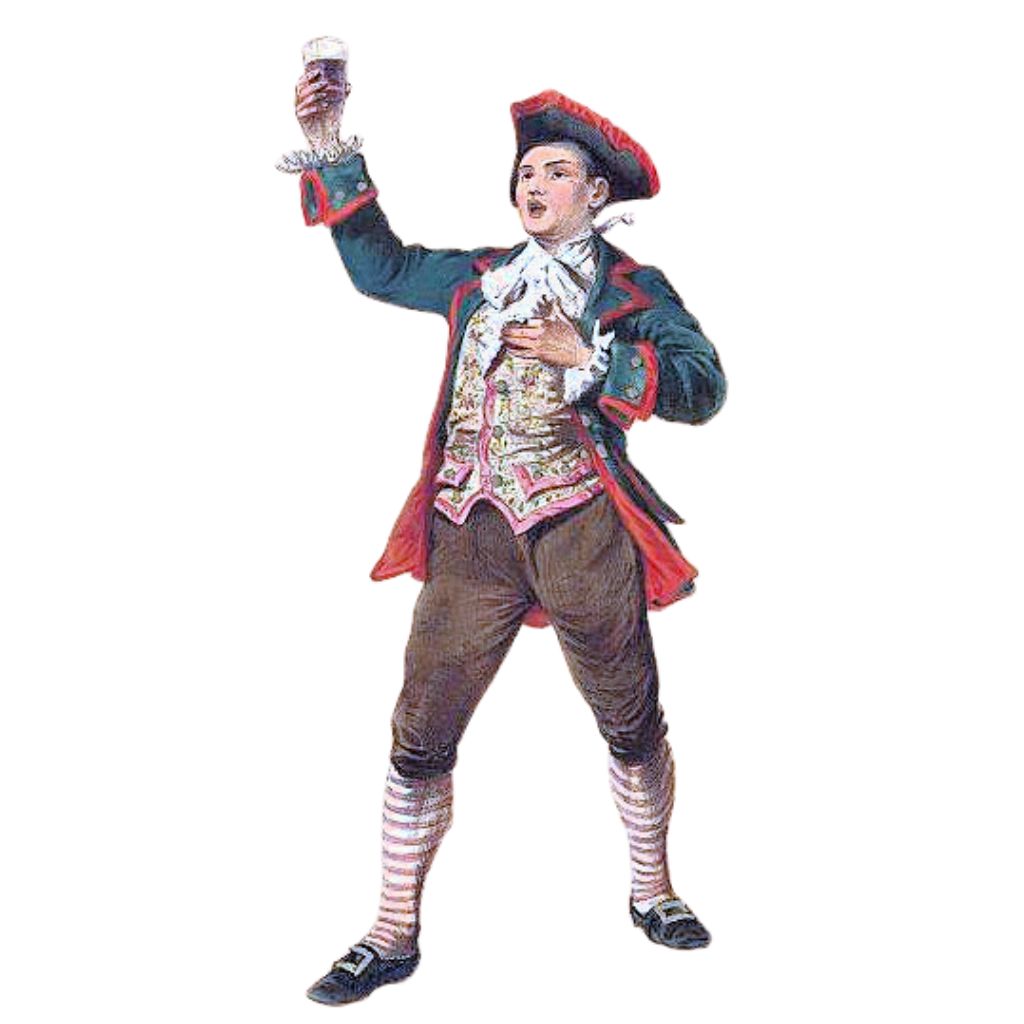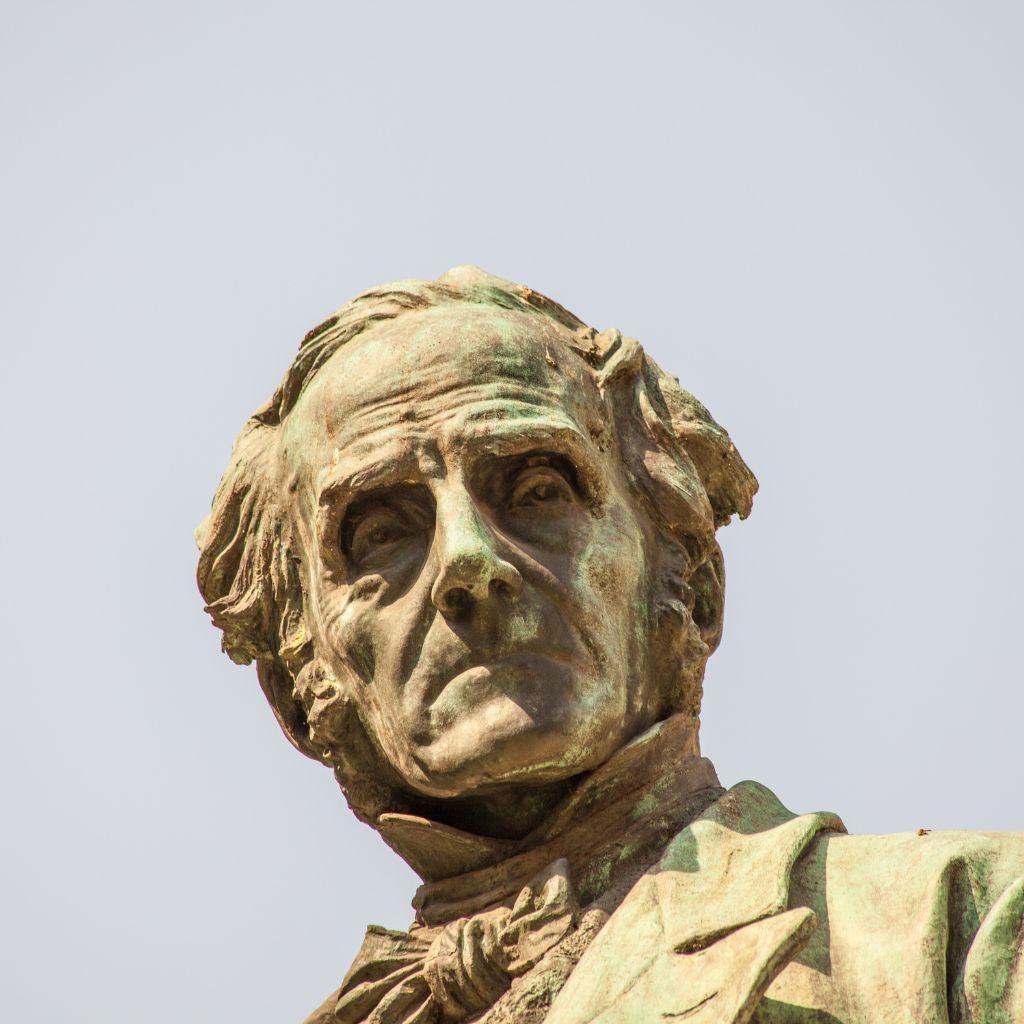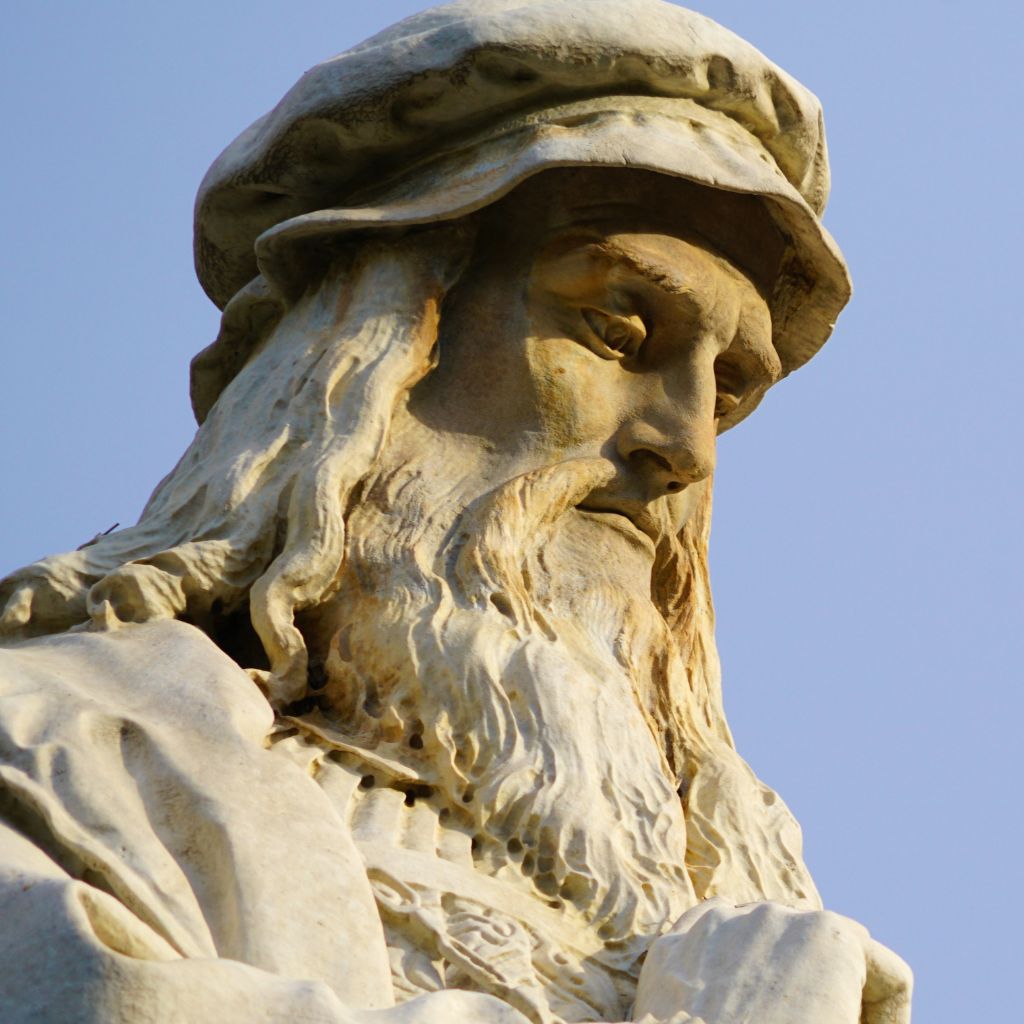Sant'Ambrogio
Ambrogio was born in Trier, Germany, in the year 334. Upon reaching the age of thirty, he ventured to Milan to undertake the role of magistrate for the Roman Empire. Following Absinthe’s passing, he was entrusted with the task of reconciling the Arians and Christians during the selection of a new bishop, eventually being acclaimed to the position by the people of Milan.
Saint Ambrose is depicted in a 5th to 6th century mosaic at San Satiro chapel and on a white horse in a 14th century image commissioned by the Visconti family after the Battle of Parabiago in 1339.
Not everobody knows that the prolonged duration of Milan’s Carnival, exceeding that of other Italian regions, has been linked to Ambrogio. The historical roots of this custom are steeped in folklore. One prevalent theory suggests that the Carnival culminates on the Saturday after Ash Wednesday in commemoration of Ambrose’s return from a pilgrimage or official engagement. Another legend proposes that a plague outbreak subsided with the onset of Lent, prompting Ambrogio to extend the celebrations for a brief period to boost the morale of Milanese residents.t
Meneghino
During the Renaissance puppet theater, Meneghino symbolizes the people of Milan. He is portrayed as a kind and giving servant, frequently pitted against arrogant masters. Meneghino’s attire typically includes a white shirt tucked into green knee-length trousers, showcasing red and white striped socks. He further adorns himself with a flowery waistcoat and a green tunic accented with red. Completing his outfit is a tricorn hat atop his head.
Not everyone knows that his name originates from the Milanese ladies’ tradition of hiring youths from Brianza to serve during Sunday carriage outings. This led to the abbreviation of “domenighin” to “meneghin” due to the fast-paced lifestyle in Milan.
Alessandro Manzoni
Born in 1785, Manzoni was a key figure in the Italian Romantic movement and is considered one of the greatest Italian writers of all time. He spent the majority of his life residing in Milan, a city that holds various commemorative plaques in his honor. His deep-rooted affection for Milan resonates prominently in his literary works, notably showcased in “I Promessi Sposi”, where he portrays the Duomo as a marvel that captivates Renzo, momentarily diverting his attention from his troubles.
Manzoni’s routine included attending morning mass at the Church of San Fedele, situated in the square bearing the same name. Tragically, it was on these very steps that a fatal accident occurred. On the morning of January 6, Manzoni slipped and struck his head, an injury from which he never recovered. Interestingly, his statue is positioned to face away from the church, seemingly assigning eternal blame to those fateful steps for his untimely demise.
Not everobody knows that a year after his passing, a requiem mass was held in his memory at the Church of San Marco. The composition and direction were done by Giuseppe Verdi, who, like the deceased, was also a Milanese historian by choice.
Leonardo Da Vinci
Although he was born in Vinci (Tuscany) and died in Amboise (France), he can be considered an honorary Milanese given that he spent 30 years of his life in Milan. His connection to Milan is undeniable, as his influence on the city’s art and culture is still felt to this day. During his time in Milan, da Vinci created some of his most iconic works, such as the famous mural “The Last Supper” and the innovative flying machine designs.
The name of Leonardo is also linked with that of the Navigli. His innovative mind and engineering prowess left an indelible mark on the Naviglio della Martesana, showcasing his brilliance in enhancing hydraulic and navigation systems. The intricate network of canals and locks bore the imprint of Leonardo’s ingenuity, making navigating through the waterways more efficient and seamless.
Not everybody knows that Leonardo penned a letter to Ludovico il Moro, the Duke of Milan, detailing his skills and abilities – essentially the earliest known curriculum vitae. This historical document is now housed in the Ambrosiana Library alongside the Atlantic Codex




